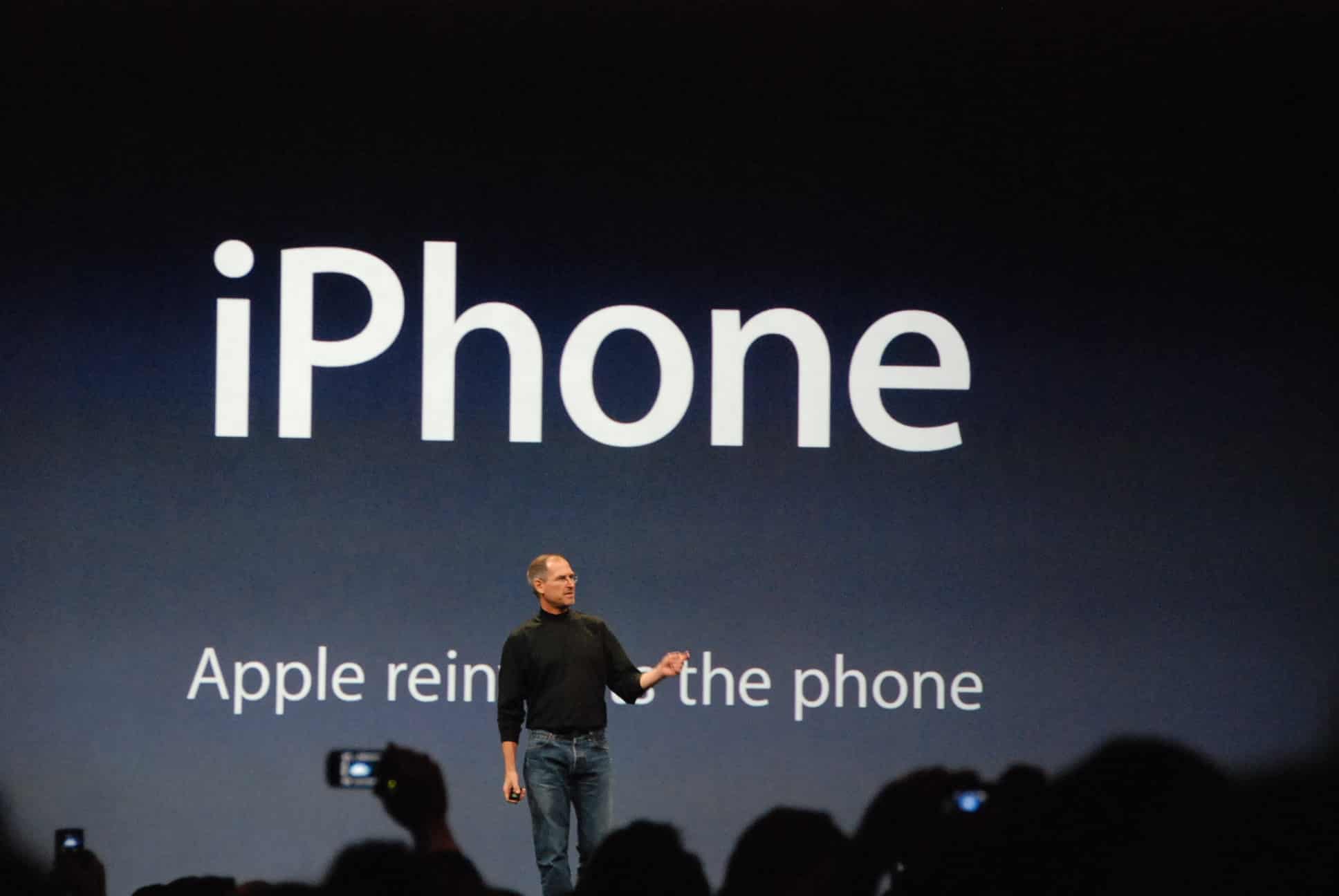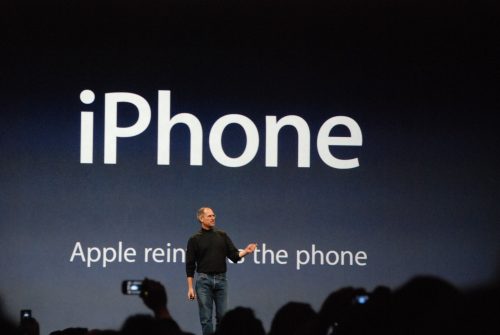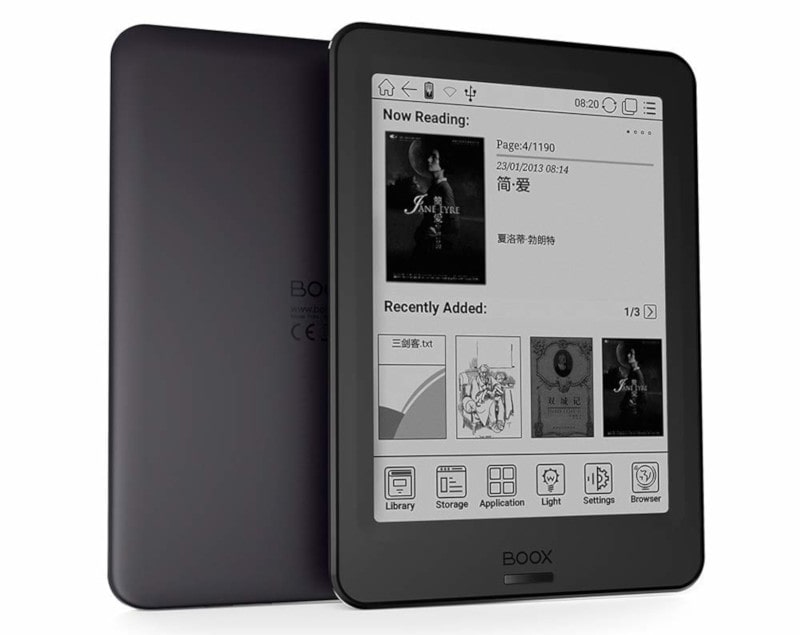Guest Post: Ten Years on, the iPhone Has Taken us Back as Many Steps as it has Taken us Forward

The 10th anniversary of the Apple iPhone reminds us that while it was not the first smartphone, it was the first to achieve mass-market appeal. Since then the iPhone has defined the approach that other smartphone manufacturers have taken.
Smartphones have transformed our lives, essentially giving us an internet-connected computer in our pocket. But while we’re distracted by Candy Crush or Pokemon Go, we are losing freedoms. We are losing control of our own devices, and losing access to the information they contain – in the very same devices that are increasingly important in our life.
To see how far we’ve come, consider that personal desktop computers only became widespread with the IBM PC. By designing the PC with an open architecture, an enormous industry of PC-compatible products from other manufacturers sprang up. It’s the same today: when you purchase a computer, you’ll have (if you wish) the ability and the right to add or remove, swap or upgrade any element of the system hardware, install or remove any software you wish, including the operating system, and access to any information stored on it.
However, today the smartphone or tablet have in many cases effectively replaced the desktop or laptop computer. In parts of the developing world, smartphones are the first experience many have of computing and internet access. The fact that they are small and portable and work wirelessly means they are put to many other uses, such as receiving guidance from navigation systems, listening to music while exercising, or playing games in waiting rooms.
Yet doing something that’s very simple on a computer – such as listing your files – is impossible on an iPhone. iPhone users can change their background image, their ring-tone, the time of their alarm. But the iPhone guards what files it contains jealously. Your phone that is carried everywhere with you, which knows your precise location, which records the websites you visit – has all of its files completely inaccessible to you. If you care about privacy this should sound disturbing.
We have always had the right to govern our own computers, to do with them as we wished. But the smartphones and tablets we’re buying today come without administrator rights: we are merely users in the hands of the big tech companies, and these firms effectively rule the machines we live with.
Information and freedom
Of course, the iPhone does allow access to some information, such as photos, emails or documents. But it is often difficult to get that data off the phone. The way the iPhone communicates with your computer is a closed, proprietary protocol, and Apple changes this protocol each time it updates the phone. So if you use neither Microsoft Windows or Apple Mac computers you will have a hard time even to get your own photos out of your own phone.
Apple also restricts what information can be stored on the device. For example, iPhone users are obliged to transfer any music files on the phone through Apple iTunes software. If you cannot or do not wish to run iTunes – no music for you. Additionally, iTunes will automatically delete all the music tracks on your phone if you try to transfer files from more than one computer, due to digital rights management software that assumes that access from more than one computer means that the file has been shared illegally. It’s a bit like buying spectacles that control the conditions under which you’re allowed to read books. Or a backpack that will destroy all its contents if you attempt to carry items bought from different stores.
The same issue also affects which applications can be installed. If you learn how write code, you can develop your own applications to solve your own unique problems. But the iPhone doesn’t allow you to run those programs: only software authorised by Apple and distributed via the Apple Store is permitted.
Open alternatives
Why so tightly control what we can do with our devices? Some may argue that these restrictions are necessary in favour of security. If we look again at computers, however, we find that Linux, an open source non-commercial operating system, is also the most secure. It’s true that the Android mobile phone operating system, which is more open, is not as secure as the iOS operating system that runs Apple’s iPhone. But it shows that it is possible to have a system that is both secure and open.
In fact, iOS is built around several open source software projects – those whose internal workings are open to anyone to view or modify, for free. But while elements of iOS are open source, they are used as part of a tightly closed system. Android, an open source mobile phone operating system originally created by Google, is the chief alternative to the iPhone. But Android phones too have many closed source components, and Google is constantly replacing open components with closed source ones.
Another alternative comes in the form of Ubuntu Touch, a recent version of the popular Ubuntu Linux for phones and tablets, although it is not yet widely used. The fact remains that ten years on, the mobile revolution kicked-off by the iPhone has taken us several steps forward and several steps back; leaving us uncertain of whether some day we will actually fully own our devices.
reposted from TheConversation under a CC license
image by blakespot



Comments
Peter Winkler January 9, 2017 um 1:45 pm
"To see how far we’ve come, consider that personal desktop computers only became widespread with the IBM PC. By designing the PC with an open architecture, an enormous industry of PC-compatible products from other manufacturers sprang up.
This is both so historically inaccurate and at odds with the current reality that it is shocking. The Apple II and relatively inexpensive computers like Commodore’s spurred the widespread acceptance of personal computers, especially in homes and schools. The IBM PC was introduced as a responce to Apple’s dominance in the market and it’s open architecture emulated that of the Apple II.
"It’s the same today: when you purchase a computer, you’ll have (if you wish) the ability and the right to add or remove, swap or upgrade any element of the system hardware, install or remove any software you wish, including the operating system, and access to any information stored on it."
This is only true for some desktop computers, but most people have gravitated to laptops, tablets, and phones for years now. These devices are sealed boxes with little or no ability for the user to easily service them or crack the cases and upgrade or replace physical components like RAM and disk drives.
Frank January 9, 2017 um 2:48 pm
While the Apple II and Commodore sold tens of millions, that is not a mass market. The IBM PC, which popularized the name personal computer, sold hundreds of millions of PCs.
Chris Meadows January 9, 2017 um 8:35 pm
So, basically, the Apple II and Commodore were early e-readers, like those Astak and other brands no one remembers anymore, while the IBM PC was the Kindle. 🙂
Angela Booth January 10, 2017 um 2:51 am
Nope. I owned an Apple IIe; it was about as far from an ereader as you could get. Think glorified typewriter. As well as text, you could do spreadsheets and program the thing. And play games — text-based, of course.
It cost around $5,000 (AUD) in 1983. It had a whole 64 MB of RAM. From memory, that was around a thousand words of text. It also had a diskette drive, which took 8 inch diskettes. A 75,00 word novel took up 4 or more diskettes — again, from memory. I can’t remember how many diskettes a whole novel took but it was quite a few.
That computer was a workhorse, it wouldn’t die.
Then (in 1989?) I got an IBM PC clone — a Windows 286; it ran Windows 2.1. (I couldn’t afford the latest Mac.) The 286 was fine, I loved using DOS on it, Windows 2.1 hung, and hung…
So the IBM PC clone wasn’t a Kindle — it didn’t work as well as a Kindle does. Windows 2.1 was a nightmare. 🙂
The only programs it ran without a hitch were DOS programs, of which Lotus Agenda was the best. No program has surpassed Agenda in 30 years.
In the 1980s I couldn’t imagine an iPhone. For all its problems, it’s worth it.
(Hey, I run Scrivener on my phone, what’s not to like? :-))
Juli Monroe January 10, 2017 um 9:07 am
His comment on loading music is only partially correct. It’s true that to download music to the Apple Music app requires iTunes. However, if you have the Amazon Music or Google Play music apps, you can download directly from their respective clouds to the apps, no iTunes required. There are probably other cloud music options as well.
iTunes is a necessary evil which can be avoided most of the time. I only sync my iPhone/iPad a handful of times a year, if that.
How Authors Can Empower Themselves as Creative Entrepreneurs | The Creative Penn January 21, 2017 um 12:14 pm
[…] the futurist segment, it’s the 10 year anniversary of the iPhone launch and I reflect on my initial incredulity that it could possibly be useful. How could I have foreseen […]